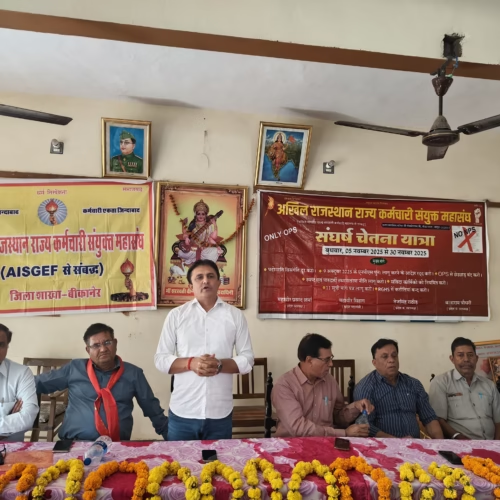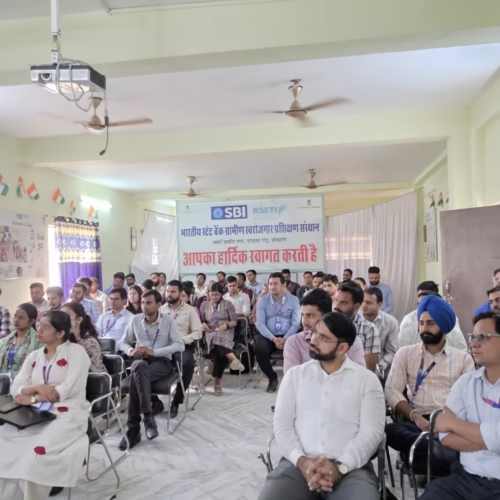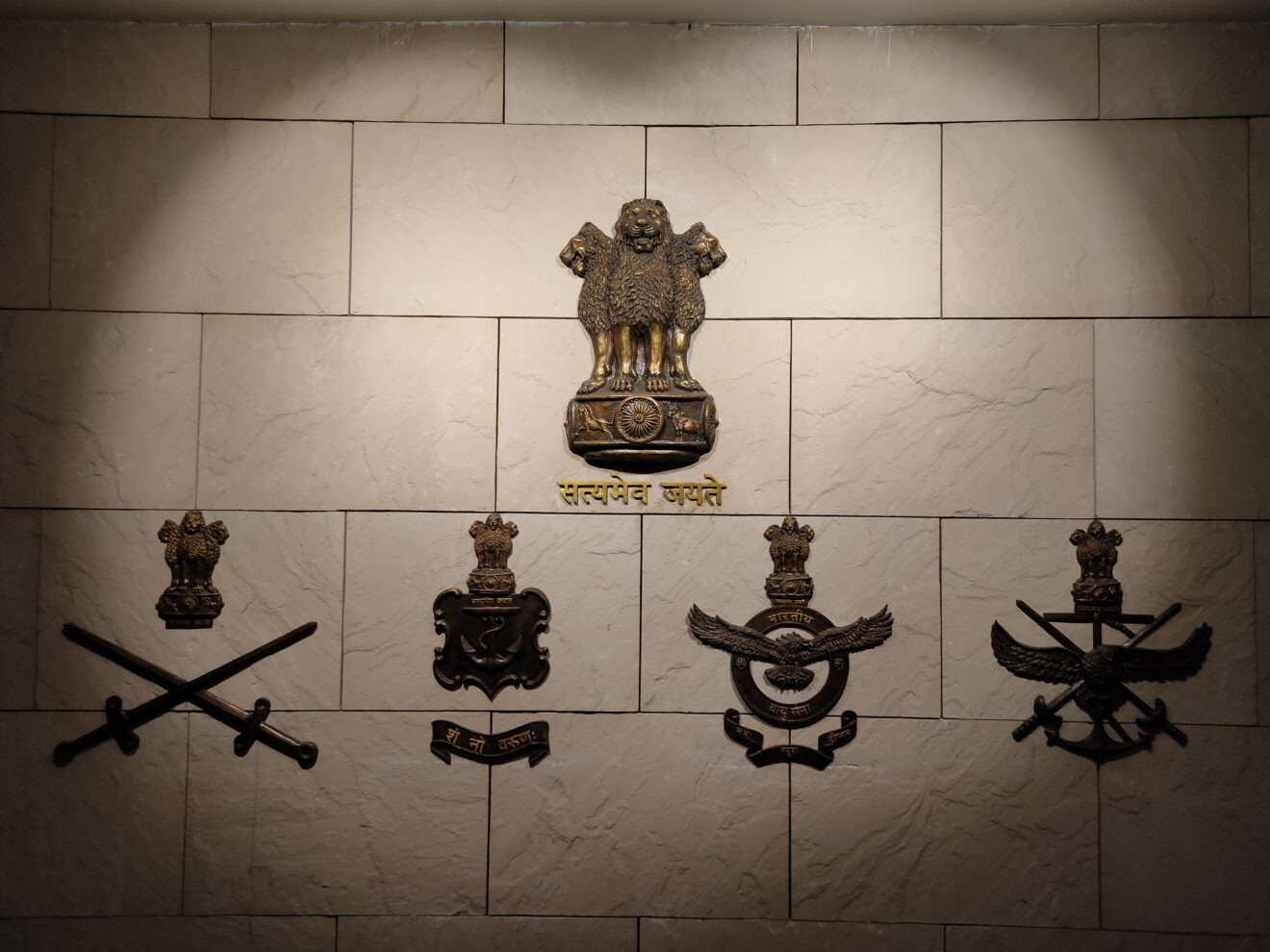By Defence Journalist Sahil
New Delhi/Islamabad, May 9, 2025 — In a rare yet telling development underscoring the evolving strategic postures of two nuclear-armed neighbours, both India and Pakistan have issued overlapping NOTAMs (Notices to Airmen and Mariners) for naval firing exercises scheduled simultaneously in different but adjacent zones of the Arabian Sea. The drills, involving live weapon firing, are slated as follows:
- India: May 8 to 13, 2025
- Pakistan: May 9 to 12, 2025
While such exercises are routine in isolation, the timing and proximity of both sets of NOTAMs have raised eyebrows within strategic circles, especially given the current regional tensions and shifting naval doctrines.
Strategic Significance: A Tale of Two Navies
The issuance of simultaneous NOTAMs signals a silent message from both sides. The Indian Navy’s drills, according to sources, will involve advanced warships, submarine deployments, and long-range precision strike demonstrations using BrahMos missiles and anti-ship weaponry.
Pakistan’s maritime exercises are reportedly focusing on naval artillery practice and surface-to-surface missile launches involving its Jinnah-class frigates and Azmat-class fast attack crafts. A PNS (Pakistan Navy Ship) Task Group is said to be operating in the designated zone with aerial support from maritime patrol aircraft.
This parallel activity in the Arabian Sea appears to be part of an unspoken naval signalling race—each side attempting to assert deterrence, readiness, and technological prowess in shared waters.
Tactical Timelines and Zone Conflicts
According to the NOTAM coordinates (not released publicly for security reasons), Indian and Pakistani exercise zones are adjacent but non-overlapping. The Indian drills began on May 8 and will continue till May 13, while Pakistan’s exercise window spans May 9 to May 12—effectively creating four days of potential near-simultaneous activities at sea.
This synchronization raises risks of inadvertent escalations and demands careful coordination via existing deconfliction channels. Naval communication mechanisms, including the use of open frequencies and maritime traffic notifications, are expected to be activated at full scale to prevent misunderstandings.
Regional Context: Beyond Routine Drills
These developments come amid increased maritime assertiveness in the Indo-Pacific, aggressive Chinese naval posturing, and rising insurgent threats in Pakistan’s Balochistan and Makran coastlines—areas near vital CPEC maritime nodes.
India, meanwhile, continues to deepen its engagements with QUAD partners and French naval forces, recently concluding a joint amphibious exercise with the US Navy in the Laccadive Sea. The Indian Navy’s current exercise is seen as a routine but strategically timed response that reflects its blue-water ambitions and surveillance-driven posture across the Indian Ocean Region (IOR).
Expert Analysis: Controlled Tensions, Calculated Moves
Defence experts describe the situation as “controlled brinkmanship.” Retired Vice Admiral Anil Chopra remarked:
“These NOTAMs are a classic example of naval shadow-boxing. Both navies are communicating strength without direct confrontation. The risks lie in proximity, not intent.”
Similarly, Pakistan’s retired Commodore (R) Shahid Nawaz noted:
“Pakistan is asserting its maritime relevance, particularly after CPEC investments in Gwadar. But there’s a clear attempt to avoid provocation.”
India’s Naval Build-up: Strategic Messaging
India’s naval capability has grown exponentially in recent years, with platforms like the INS Vikrant aircraft carrier, Visakhapatnam-class destroyers, and Scorpène-class submarines being commissioned into active service. Sources indicate that the current NOTAM may involve simulated carrier strike group (CSG) operations as part of India’s evolving Maritime Theatre Command (MTC) trials.
Pakistan’s Maritime Focus: Defence and Diplomacy
Pakistan, on the other hand, has been steadily expanding its naval reach with Chinese cooperation. It now fields Chinese-origin Type-054A/P frigates and Hangor-class submarine programs under development. Its Arabian Sea posture is closely tied to the security of Chinese maritime investments and the Gwadar port corridor.
Conclusion: Strategic Waters, Sensitive Times
The Arabian Sea—long viewed as a vital trade artery and strategic theatre—is increasingly witnessing naval manoeuvres that mirror broader geopolitical contests. The simultaneous NOTAMs reflect more than just military drills—they represent a calibrated expression of intent, deterrence, and geopolitical theatre in action.
India and Pakistan may not be heading towards confrontation, but their maritime shadows are dancing ever closer in the deep waters of strategic competition.
अरब सागर में नौसैनिक शक्ति का प्रदर्शन: भारत और पाकिस्तान ने एकसाथ जारी किए NOTAM, एक ही समय पर फायरिंग अभ्यास
नई दिल्ली/इस्लामाबाद, 9 मई 2025 — भारत और पाकिस्तान ने एक साथ अरब सागर में नौसैनिक फायरिंग अभ्यास के लिए NOTAM (Notice to Airmen and Mariners) जारी किए हैं। इन अभ्यासों के लिए निर्धारित समयावधि इस प्रकार है:
- भारत: 8 से 13 मई 2025
- पाकिस्तान: 9 से 12 मई 2025
हालांकि ये अभ्यास आमतौर पर नियमित होते हैं, लेकिन दोनों देशों का एक ही समय पर फायरिंग अभ्यास करना रणनीतिक नजरिए से महत्वपूर्ण संकेत देता है।
रणनीतिक अर्थ: दो नौसेनाओं की समानांतर गतिविधि
सूत्रों के अनुसार, भारतीय नौसेना के अभ्यास में अत्याधुनिक युद्धपोत, पनडुब्बियां और ब्रह्मोस जैसी लंबी दूरी की मिसाइलों के प्रहार शामिल होंगे। यह भारतीय नौसेना की ब्लू-वाटर क्षमताओं और मारक दूरी को दर्शाने वाला अभ्यास माना जा रहा है।
पाकिस्तान का नौसैनिक अभ्यास मुख्यतः नौसैनिक तोपों और सतह से सतह पर मार करने वाली मिसाइलों के परीक्षण पर केंद्रित है। इसमें जिन्नाह-क्लास फ्रिगेट्स और अजमत-क्लास फास्ट अटैक क्राफ्ट हिस्सा ले रहे हैं। साथ ही समुद्री निगरानी विमानों द्वारा हवाई समर्थन की भी उम्मीद है।
टकराव की संभावना: NOTAMs की समीपता और समय का मेल
NOTAM के अनुसार, भारत और पाकिस्तान द्वारा घोषित क्षेत्र भौगोलिक रूप से अलग-अलग हैं, लेकिन आपसी समीपता के कारण जोखिम बढ़ सकता है। ऐसे में समुद्री संचार प्रणालियों और निष्क्रियता से बचने के लिए पारस्परिक सूचना तंत्रों का सक्रिय रहना अनिवार्य होगा।
पार्श्वभूमि: हिंद-प्रशांत में बढ़ती समुद्री गतिशीलता
यह घटनाक्रम उस समय हो रहा है जब भारत हिंद-प्रशांत क्षेत्र में अपनी समुद्री भागीदारी को लगातार बढ़ा रहा है और पाकिस्तान अपने बंदरगाह सुरक्षा ढांचे को चीन के सहयोग से मजबूत कर रहा है।
ग्वादर पोर्ट और CPEC की सुरक्षा के लिए पाकिस्तान का अरब सागर में उपस्थिति बनाए रखना जरूरी है, वहीं भारत अपनी ‘सागर’ नीति और क्वाड साझेदारों के साथ सहयोग बढ़ा रहा है।
विश्लेषण: शक्ति का प्रदर्शन या सावधानीपूर्वक संदेश?
सेना विश्लेषकों का मानना है कि यह स्थिति “नियंत्रित तनाव” की एक मिसाल है। सेवानिवृत्त वाइस एडमिरल अनिल चोपड़ा ने कहा:
“यह नौसैनिक शैडो-बॉक्सिंग जैसा है—शक्ति का प्रदर्शन, लेकिन बिना सीधा टकराव।”
वहीं पाकिस्तान के पूर्व कमोडोर शाहिद नवाज ने कहा:
“हम अपने समुद्री अधिकार क्षेत्र और ग्वादर की सुरक्षा को लेकर सजग हैं, लेकिन टकराव की मंशा नहीं है।”
निष्कर्ष: अरब सागर बना शक्ति प्रदर्शन का केंद्र
अरब सागर न सिर्फ व्यापार का रास्ता है, बल्कि अब यह रणनीतिक दांव-पेच का क्षेत्र भी बनता जा रहा है। भारत और पाकिस्तान के बीच यह नौसैनिक गतिविधि दिखाती है कि दोनों देश अपनी समुद्री ताकत का संकेत दे रहे हैं—शब्दों के बिना संवाद, और ताकत के ज़रिए कूटनीति।













Add Comment